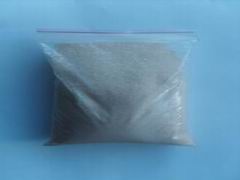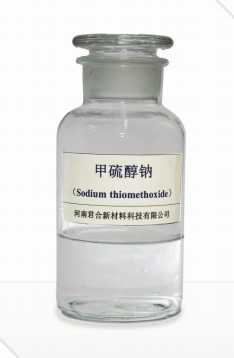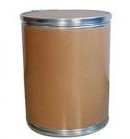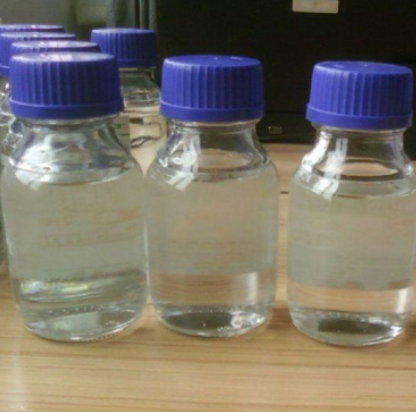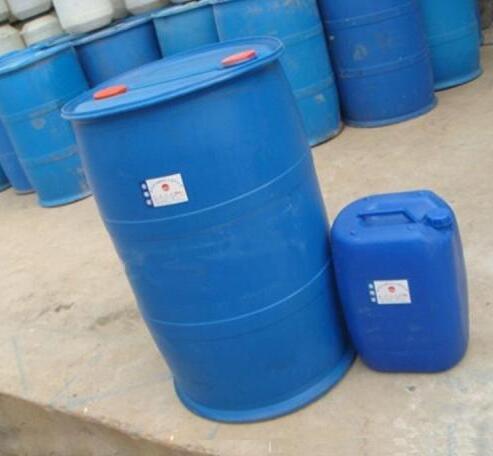Intermediates
Cationic Dyes
Pigment Black
Sulfur Dyes
Ingrain Dyes
Others
Pigment Orange
Solvent Dyes
Pigment
Vat Dyes
Dye Intermediates
Pigment Brown
Dyestuff
Pigment Violet
Dispersive Dyes
Other Dyes
Pigment Red
Pigment Yellow
Metallic Pigment
Pigment White
Reactive Dyes
Acid Dyes
Direct Dyes
Pigment Green
Basic Dyes
Nitrogen Compounds
Pigment Blue
Pearlescent Pigment
CAS:504-29-0
Molecular Formula:C5H6N2
Alias
More Information
2-Pyridylamine; A-Pyridylamine; Pyridin-2-Amine; 2-Amino-Pyridine; 2-Pyridinylamine; 2-Ap; O-Aminopyridine; Pyridin-2-Ylamine; 1,2-Dihydro-2-Iminopyridine; 2-Aminoazabenzene; 2-Amino-Pyridin
Brief Introduction
Pharmaceutical intermediates. It is used in the production of naphthyridic acid. It is also used in organic synthesis and the manufacture of dyes and photographic developers.
Suppliers
View More Vendors (2) >
CAS:515-74-2
Molecular Formula:C6H10NNaO5S
Alias
More Information
4-Amino-Benzenesulfonic Acid Monosodium Salt; Sulphanilic Acid Sodium Salt; Sulfanilic Acid Monosodium Salt; Sodium P-Anilinesulfonate; Sulfanilic Acid Sodium Salt; Amino Benzene Sulfonate; Sodium Anilinesulfonate; Sodium Sulfanylate; 4-Sulfoaniline Sodium Salt; 4-Amino-Benzenesulfonic Acid Sodium Salt
Brief Introduction
Dye intermediates: Acid Orange II, acid light yellow 2G, acid mordant yellow brown 4G, acid mordant dark yellow GG, direct yellow GR, reactive yellow k-rn, brilliant red k-10b, brilliant red k-2g, jujube red k-dg and purple k-3r, etc. It is also used in the manufacture of printing and dyeing auxiliaries, such as soluble salt B, fluorescent whitening agent BG, anti dyeing salt h, etc. And a large number of them were used as pesticides to control wheat rust.
Suppliers
View More Vendors (2) >
CAS:5188-07-8
Molecular Formula:CH3NaS
Alias
More Information
Sodium,Methanethiolate; Methyl Mercaptan Sodium Salt; Sodium Methanethiolate; Sodiummethanethiolate; Sodium Thiomethoxide Solution; Sodium Methyl Mercaptide; Sodium Methyl Sulfide
Brief Introduction
Sodium methyl mercaptan is an important organic intermediate compound, for example, it is used as the raw material of pesticide carbaryl, methomyl and organic intermediate; Raw materials of food additives methionine, vitamin U and rubber vulcanizing agent; Antidote for hydrogen sulfide poisoning; Odorant of gas and natural gas, etc.
Suppliers
View More Vendors (2) >
CAS:52411-34-4
Molecular Formula:C14H16N2O2
Alias
More Information
BAPE; 1,2-Bis(O-Aminophenoxy)Ethane; Ethylene Glycol Bis(2-Aminophenyl) Ether; 2-[2-(2-Aminophenoxy)Ethoxy]Phenylamine; 2-[2-(2-Aminophenoxy)Ethoxy]Aniline; 2,2'-[Ethane-1,2-Diylbis(Oxy)]Dianiline; 2,2'-(Ethylenedioxy)Dianiline; 1,2-Di(O-Aminophenoxy)Ethane; 2,2'-(Ethane-1,2-Diylbis(Oxy))Dianiline
Brief Introduction
This product is a dye intermediate for the synthesis of pigment yellow 180.
Suppliers
View More Vendors (2) >
CAS:5308-25-8
Molecular Formula:C6H14N2
Alias
More Information
Piperazine,1-Ethyl; Ethylpiperazine; 4-Ethylpiperazine; N-Ethyl-Piperazine; 1-Ethylpiperazine; N-Methylpiperazine; 1-Ethylpiperazin; 1-Ethyl-Piperazine; Ethylpiperazine-N; Labotest-Bb Ltbb000704
Brief Introduction
1-Ethylpiperazine is one of the piperazine series products. It is an important fine chemical. It is the intermediate of synthetic medicine and synthetic pesticide. It is mainly used for the synthesis of ethyl ciprofloxacin antibacterial drugs. It is also used as the raw material for the synthesis of dyes, plant protectants and other products. In addition, it is also widely used in bactericides and surfactants.
Suppliers
View More Vendors (2) >
Inquiry (
10
/ 10
)
Clear All
Sign In
Error!


